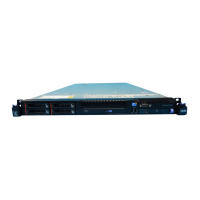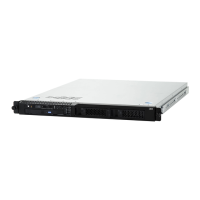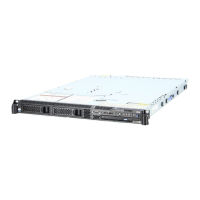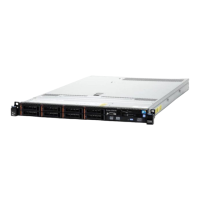9. Perform an alternate IPL by doing the following:
a. Power off the system.
b. Select IPL type D in manual mode.
c. Power on the system.
10. The IPL may take one or more hours to complete.
Does an unexpected SRC appear on the control panel, and is the System
Attention light on?
No Yes
↓ Go to step 13 of this procedure.
11. Does the IPL complete successfully?
Yes No
↓ Go to “Starting Point for All Problems” on page 4 to continue
analyzing the problem.
This ends the procedure.
12. Perform the following to test the tape unit:
a. Enter
VFYTAP
(the Verify Tape command) on the command line.
b. Follow the prompts on the Verify Tape displays, then return here and
answer the following question.
Does the
VFYTAP
command end successfully?
No Yes
↓ This ends the procedure.
13. Record the SRC on the Problem Summary Form (see “Appendix A. Problem
Summary Form” on page 951).
Is the SRC the same one that sent you to this procedure?
Yes No
↓ A different SRC occurred. Use the new SRC to correct the problem
(see “Chapter 2. Unit Reference Codes” on page 59).
This ends the procedure.
14. You cannot continue to analyze the problem. Use the original SRC and
exchange the FRUs. Begin with the FRU which has the highest percent of
probable failure (see the failing item list for this reference code).
This ends the procedure.
TU-PIP4
Introduction:
Note: Determine if the system has logical partitions. Go to “Determining if the
System Has Logical Partitions” on page 943, before continuing with this
procedure.
Tape Unit PIPs
Chapter 3. Problem Isolation Procedures (PIPs), Failing Items, and Symbolic FRU Isolation 453
